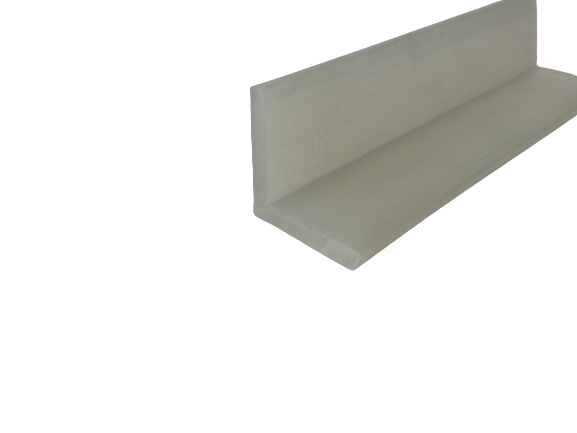Dec . 03, 2024 17:12 Back to list
Manufacturers of Seals for Window and Door Curtain Walls
Curtain Wall Seals for Doors and Windows Key Considerations for Manufacturers
In the modern architectural landscape, curtain wall systems have grown increasingly vital due to their aesthetic appeal and structural benefits. These systems, which consist of a non-structural outer covering of a building, primarily use lightweight materials, thus allowing efficient use of space and natural light. A critical aspect of curtain wall systems is the sealing mechanisms for doors and windows, which play a crucial role in maintaining indoor comfort and energy efficiency. Understanding the components and innovations surrounding curtain wall seals is essential for manufacturers striving to meet market demands.
Understanding Curtain Wall Seals
Curtain wall seals are essential components that ensure the proper functioning of doors and windows in curtain wall systems. These seals aid in various functions, including weatherproofing, noise reduction, and energy conservation. They prevent the ingress of water, air, dust, and insects, thereby enhancing the indoor environment's quality. Proper sealing often contributes to the overall sustainability of a building by improving energy efficiency, as it reduces the need for heating and cooling systems to compensate for drafts and potential leaks.
Types of Seals
Manufacturers need to be aware of the various seal types available for curtain wall applications. Generally, there are three main categories
1. Weatherstripping Seals These are commonly used for external doors and provide an effective barrier against rain and air infiltration. They are typically made from materials like rubber, foam, or vinyl and are designed to compress tightly against the door or window frame.
2. Gasket Seals Gaskets are often found in glazed curtain wall systems, positioned between the glass and the framing. These seals are critical in preventing moisture and air penetration while allowing for thermal expansion and contraction of materials.
3. Backing Rods Used in conjunction with sealants, backing rods provide a stable base for the sealant and help control the depth and shape of the sealant bead. They enhance the seal’s performance by preventing three-sided adhesion, which can lead to premature seal failure.
curtain wall seals for doors and windows manufacturers

Material Selection
The choice of materials for curtain wall seals is paramount for manufacturers. Seals must withstand various environmental conditions without degrading, including UV exposure, temperature fluctuations, and moisture. While traditional materials like EPDM (Ethylene Propylene Diene Monomer) have been popular, advances in material science have led to the development of newer options, such as TPE (Thermoplastic Elastomer), which offer enhanced durability and flexibility. Manufacturers must also consider the seal's compatibility with other materials used in curtain wall systems, ensuring seamless integration.
Innovations in Sealing Technology
With the evolution of building materials and technologies, manufacturers must stay abreast of innovations in sealing solutions. The introduction of advanced silicone sealants and self-adhesive seals has revolutionized the market. These modern solutions not only provide better performance but also simplify installation processes, reducing labor costs and time. Moreover, the use of thermally broken seals can significantly improve energy efficiency by minimizing thermal bridges, particularly in climate-sensitive regions.
Regulatory Compliance
Manufacturers must also navigate the complex landscape of regulatory compliance in the curtain wall industry. Building codes and standards often dictate specific performance criteria for seals, including air and water infiltration rates. Staying compliant not only ensures the safety and reliability of the curtain wall systems but also positions manufacturers as industry leaders committed to quality and performance.
Conclusion
In conclusion, curtain wall seals for doors and windows play a pivotal role in the overall performance and efficiency of modern building designs. Manufacturers must prioritize the selection of appropriate seal types, materials, and innovative technologies to meet the evolving demands of the construction industry. By embracing advancements and staying compliant with regulatory standards, manufacturers can enhance their product offerings and contribute to the creation of sustainable and resilient structures. As the architectural landscape continues to evolve, those at the forefront of sealing technology will undoubtedly find themselves leading the competition.




